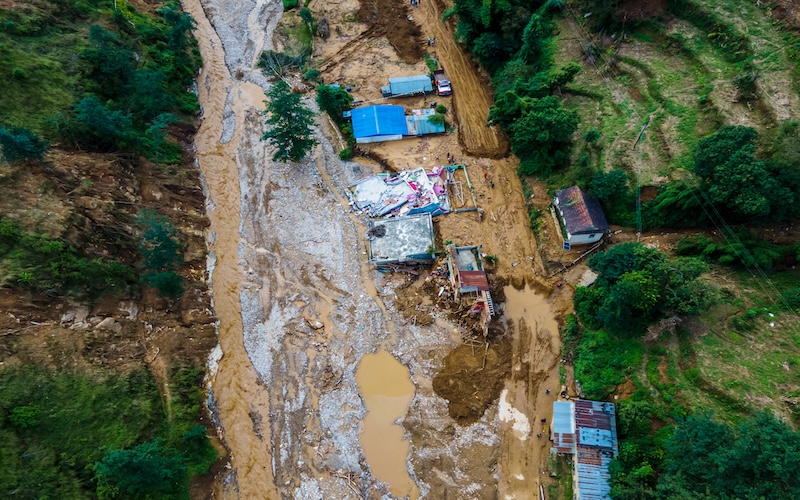How to Build the Ultimate Bug-Out Bag
A well-prepared bug-out bag can mean the difference between chaos and survival. A bug-out bag is a carefully curated survival kit designed to sustain you for 72 hours or longer. Building the ultimate bug-out bag requires attention to detail, practical planning, and the right tools for the job.
Choosing the Right Bag
The foundation of your bug-out bag is, of course, the bag itself. Choose a durable, weather-resistant backpack with a capacity of 40 to 70 liters, depending on your needs. Look for features like reinforced straps, multiple compartments for organization, and a hydration bladder slot. Comfort is critical; padded straps and an adjustable waist belt will help distribute weight evenly and reduce strain during long treks.
Prioritize Water and Filtration
Water is your top survival priority. Include:
- At least one reusable water container.
- Multiple water purification methods, such as a portable water filter or straw, water purification tablets, and a collapsible water bladder for extra storage.
Plan for at least one liter of water per day and ensure you have the means to replenish your supply.
Food That Fuels
Pack lightweight, calorie-dense food that’s easy to prepare and provides long-lasting energy. Ideal options include:
- Freeze-dried meals.
- Energy bars.
- Vacuum-sealed jerky.
Include a compact stove or solid fuel burner, along with waterproof matches or a lighter, for cooking if needed.
Clothing for All Conditions
Choose moisture-wicking, quick-dry fabrics to regulate body temperature and reduce sweat. Include:
- Waterproof boots or shoes.
- Thermal layers for cold weather.
- A waterproof jacket or poncho.
- A wide-brim hat for sun protection.
Roll clothes tightly to save space and store them in waterproof bags to keep them dry.
Shelter and Sleep
A good bug-out bag includes essentials for shelter and sleep:
- A lightweight tarp or compact sleeping bag.
- An emergency bivy for insulation and protection.
- A roll of paracord for setting up a makeshift shelter.
Tools for Survival
The right tools can make all the difference. Include:
- A multitool for cutting, opening cans, and repairs.
- A fixed-blade knife for chopping, cutting, and self-defense.
- Fire starters like waterproof matches, a ferro rod, and a lighter.
- Duct tape for repairs and sealing.
First Aid Kit and Hygiene Supplies
Health and hygiene are critical in survival situations. Include:
- A comprehensive first aid kit with bandages, antiseptics, and pain relievers.
- Prescription medications if needed.
- Hygiene items like a toothbrush, toothpaste, biodegradable soap, and toilet paper.
Communication and Navigation
Stay connected and know your location with:
- A battery-powered or hand-crank emergency radio for updates and alerts.
- A reliable compass and detailed maps of your area.
- A GPS device if possible.
Self-Defense and Protection
Depending on your comfort level and local regulations, include items like:
- A firearm or pepper spray.
- Legal self-defense tools.
Ensure proper safety and storage protocols for these items.
Critical Documents and Cash
Keep photocopies of important documents such as IDs, medical records, and insurance policies in a waterproof pouch. Include a small amount of cash in various denominations in case ATMs and card payments are unavailable.
Little-Known Essentials
Don’t overlook these small but impactful items:
- Zip ties for securing gear or repairs.
- Fishing line and hooks for catching food or improvised tools.
- An emergency blanket for retaining body heat.
- A signal mirror for alerting rescue teams over long distances.
Conclusion
Building the ultimate bug-out bag is about preparation and practicality. Thoughtfully assembling your gear ensures you’re ready for any situation, providing confidence to face uncertainty head-on. In an emergency, your bag becomes a lifeline for safety and survival.




